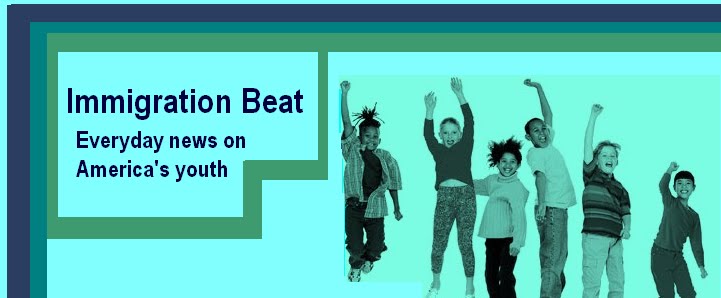A recent report from the Foundation for Child Development reports that:
There are a myriad of reasons for how and why fluent bilingualism may support immigrant children; but especially compelling is the notion that bilingualism is at its core, a matter of keeping families functional and connected."Research on the effects of early English immersion programs for ELL students...suggests that children in [English immersion only] preschool programs tend to lose their ability to communicate in their first language, start to prefer the English language, frequently develop communication problems with their extended families, and experience depressed academic achievement in English."
One striking piece of evidence comes from work by Mouw and Xie (1999) who find that bilingaul Asian American first and second generation adolescents have a pronounced academic advantage over their monolingual peers. But this effect was only significant when parents were not fluent in English.







